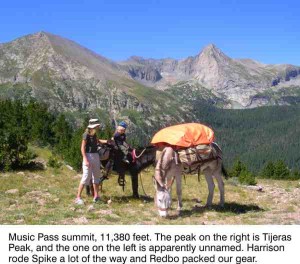Brief by Allen Best
Outdoors – October 2007 – Colorado Central Magazine
Even in mountain towns, where at times it seems you could reach out and grab a few stars, the sky is not nearly the same glittering wealth of stars that Galileo saw. The Milky Way is fast disappearing.
There are, in ski towns and elsewhere, people who feel aggrieved by this diminished night sky. The New Yorker explains that a ranking of dark skies, called the Bortle Dark-Sky Scale, has been created.
The darkest, a Class 1, such as existed across the world when Galileo lived, today can be found only in such place as the Andes or the Australian outback, but nowhere in the lower 48 states. The sky above New York City itself is Class 9. On this scale of 1 through 9, most American suburban skies are rated 5, 6 or 7.
Even the very darkest places in the continental United States today are almost never darker than Class 2, and even these places -such as the north rim of the Grand Canyon — are increasingly threatened.
The magazine says that the International Dark-Sky Association, using a variety of measurements, has found that the darkest sky remaining is at the Natural Bridges National Monument, located near Blanding Utah.
This magazine’s management has been there, but did not observe that the stars were discernibly brighter or more numerous than those above Central Colorado.

